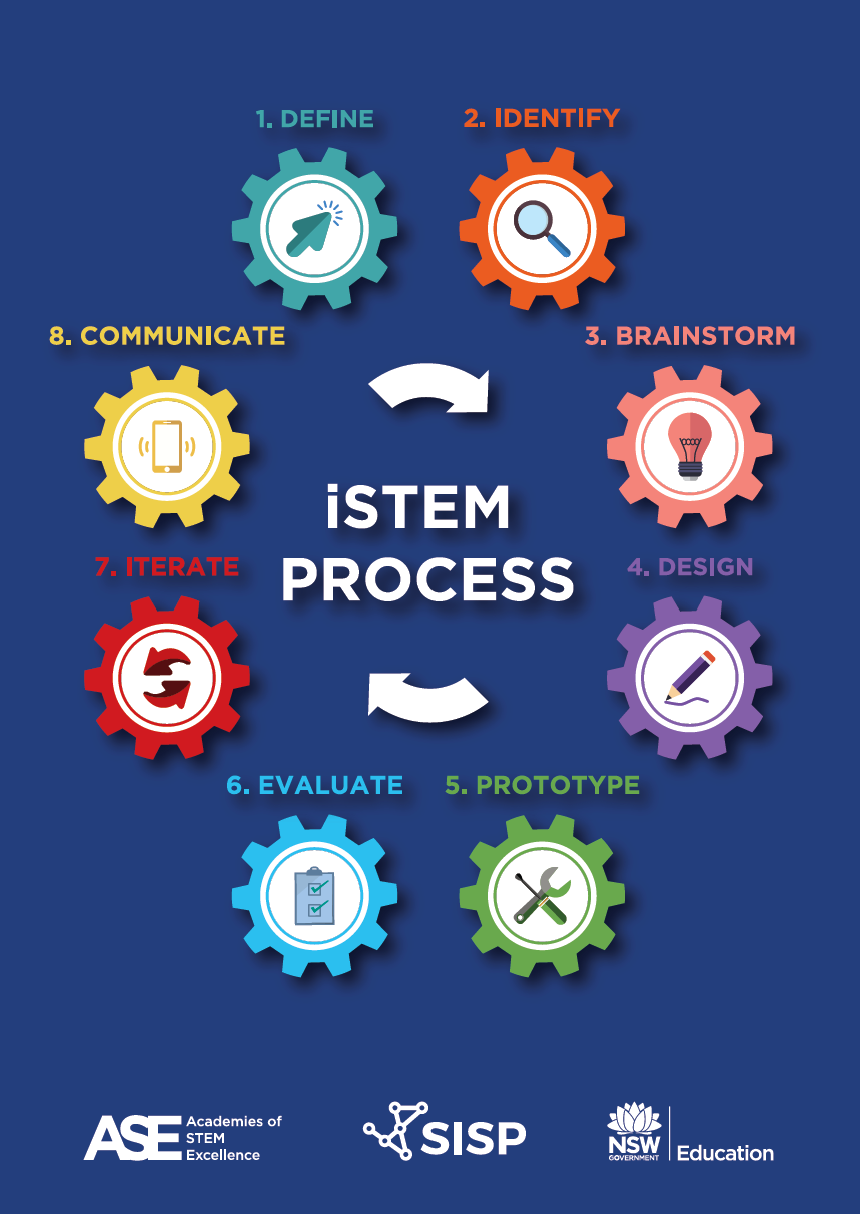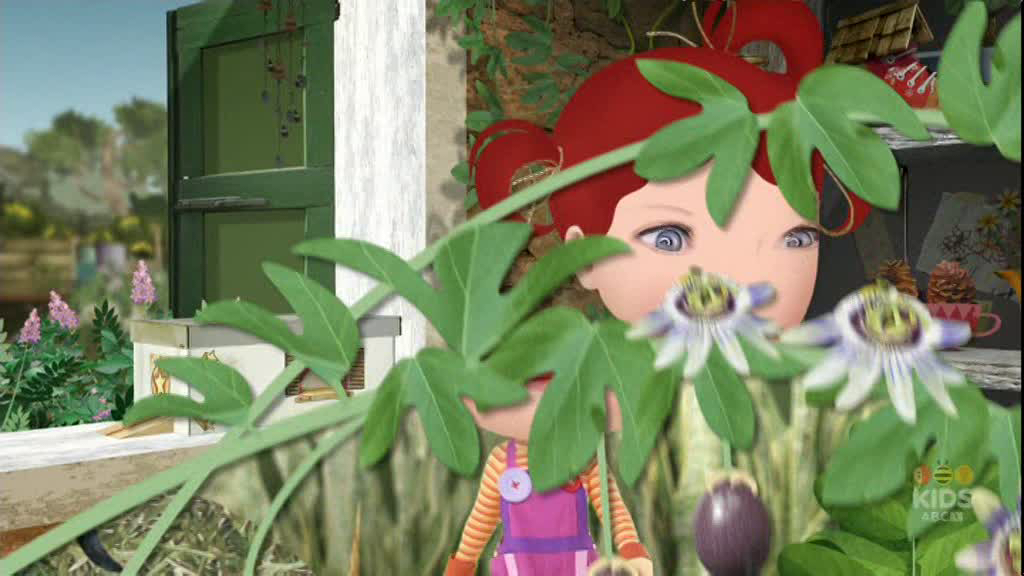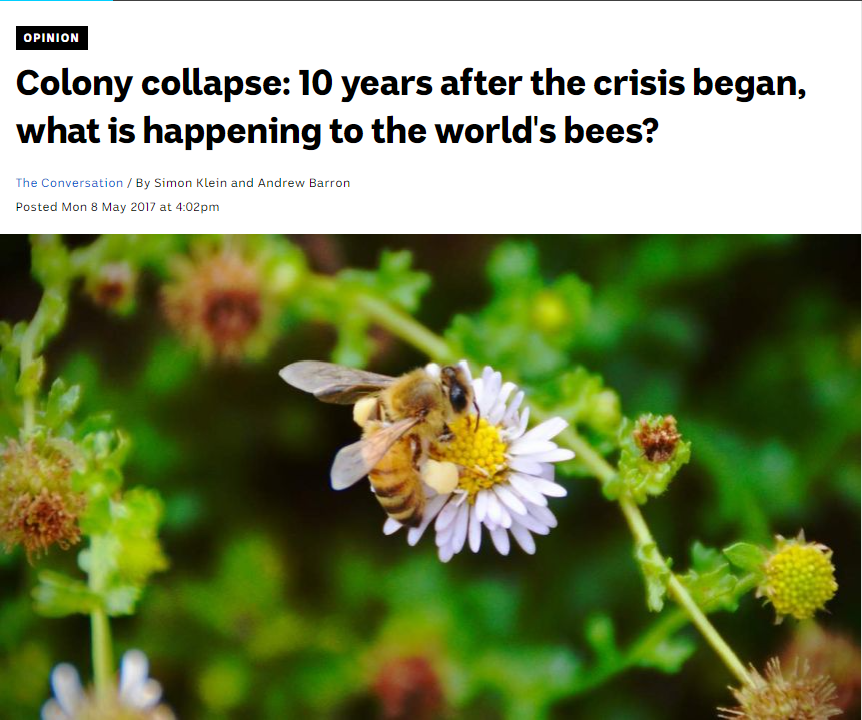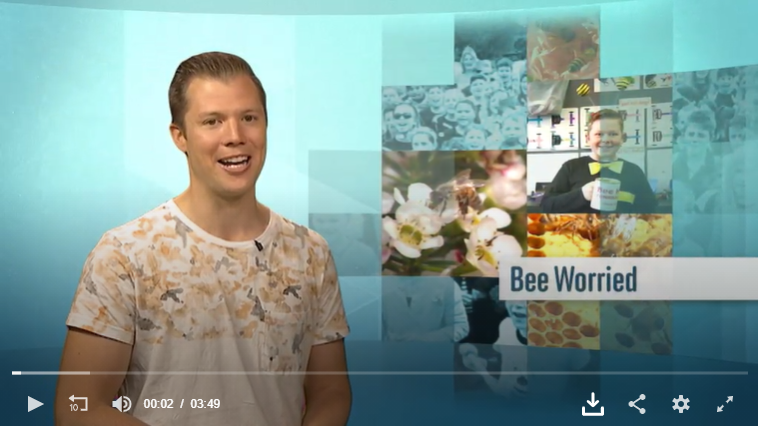Mechanical Pollinators – Sample Unit of Work
 The following Unit of Work was developed as a collaboration with the STEM Industry School Partnerships (SISP) program and teachers from the Rivers Academy of STEM Excellence. It is an 8 week cross-curriculum unit to be delivered one and half to two hours per week. The Unit of Work document is available below.
The following Unit of Work was developed as a collaboration with the STEM Industry School Partnerships (SISP) program and teachers from the Rivers Academy of STEM Excellence. It is an 8 week cross-curriculum unit to be delivered one and half to two hours per week. The Unit of Work document is available below.
Summary of Unit
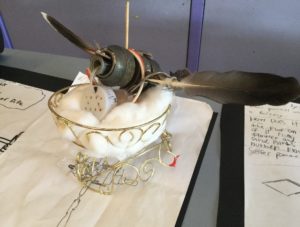
In this project, students are introduced to the environmental problem of the global decline in insects. Students explore the question: what role do insects play in food production and how do we continue to pollinate plants when the insects are dying out? They apply science, technology, engineering and mathematics principles through a series of learning experiences where they will explore the important role of pollinators in agriculture and then design and build a mechanical pollinator. Students use innovative thinking to brainstorm possible solutions to the challenges of creating a pollinator for food production. They incorporate their understanding of the role of pollinators and the different pollination requirements of plants into the solutions they develop.
Students K-6:
- develop teamwork and collaboration skills
- are introduced to the design thinking process
- are encouraged to solve real-world problems
- engage with critical and creative thinking
- provide and receive constructive feedback
- explore the properties of different materials and their uses
- develop a basic understanding of the importance of insects and the relationship of insects with plants.
In addition, students in Stages 2 and Stage 3:
- develop a deeper understanding of the reproduction requirements of plants
- define causes and problems faced by scientists with the decline in insect populations
- develop a design solution to meet the challenge of artificially pollinating plants.
Key inquiry questions
- How does pollination work?
- What are the challenges presented by the decline of insects on the planet and, more specifically, to the pollination of plants and the agriculture industry?
- How do we effectively use materials to create solutions to problems?
Downloads

Videos
Links
